![hero-blog[1] News / Blog](https://epsco.co/wp-content/uploads/2024/06/hero-blog1.webp)
Get
Plugged In
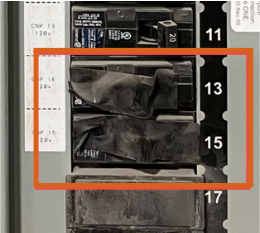
The Dangers of “Tape-Out”: Why Makeshift Electrical Panel Solutions Are a Hazard
As seasoned professionals in the electrical industry, we've all seen it: that tell-tale strip of tape across a breaker in the "OFF" position on an electrical panel. It's often a quick, well-intentioned, but ultimately misguided attempt to ensure a circuit stays...
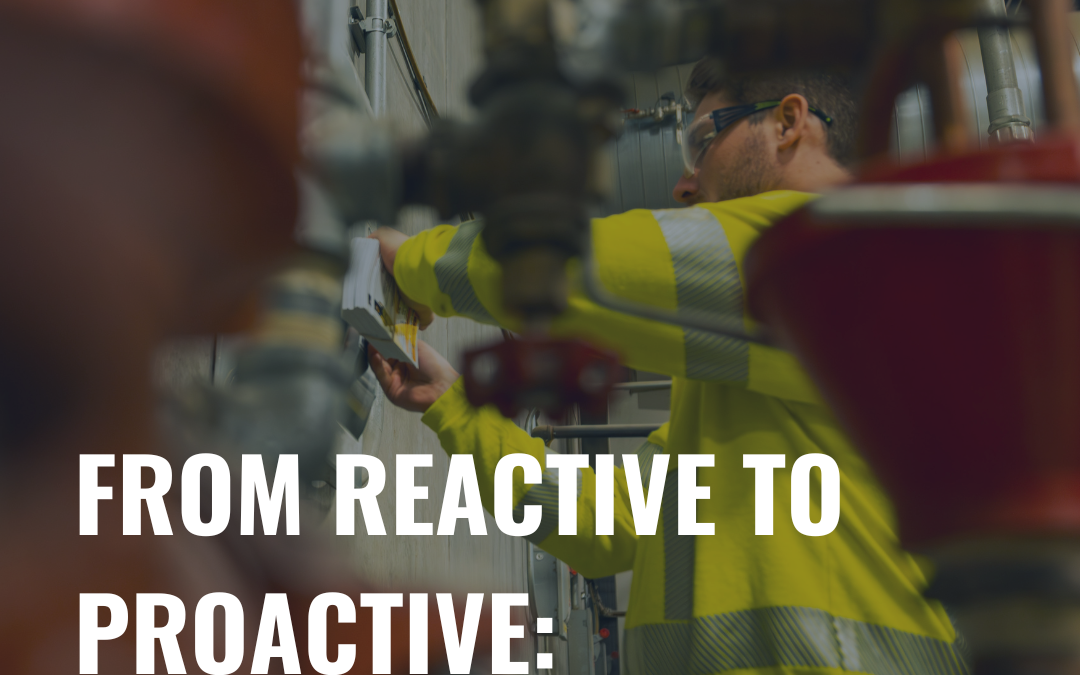
The Hidden Risk of Neglecting Electrical Preventative Maintenance
In today's fast-paced industrial environments, preventative maintenance often takes a back seat to day-to-day operations. Many organizations in sectors like manufacturing, healthcare, and education adopt a reactive approach to electrical systems, addressing issues...
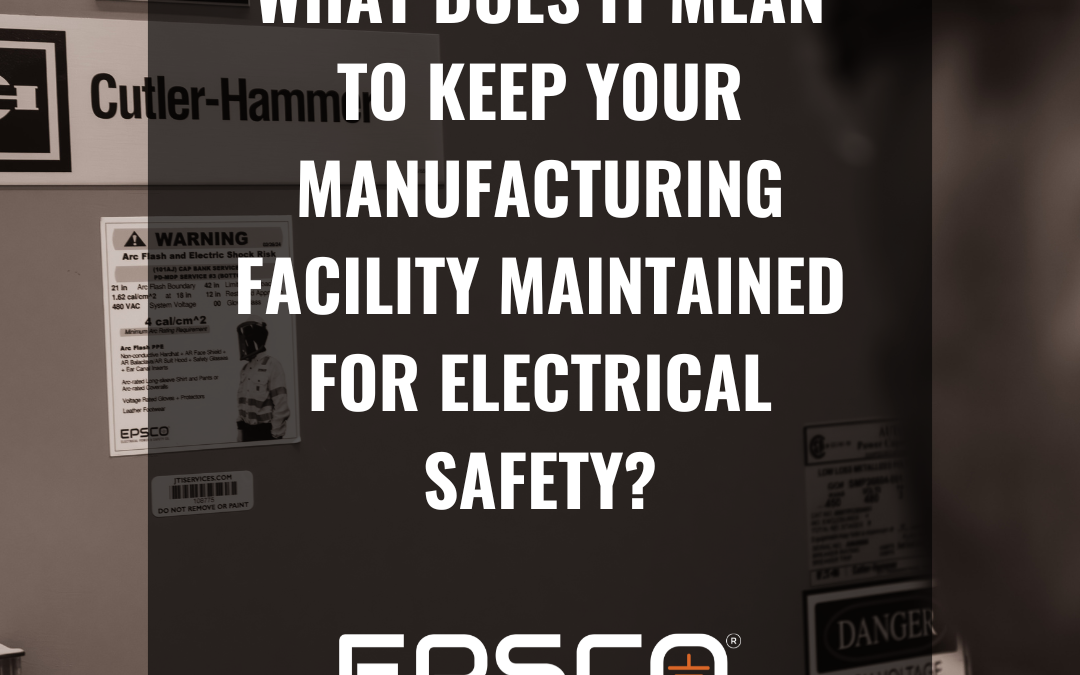
What It Means to Keep Your Facility Maintained for Electrical Safety
When we talk about “keeping your manufacturing facility maintained for electrical safety,” it’s more than just a compliance requirement or an occasional equipment check. Electrical safety maintenance is an essential, ongoing process that protects your employees,...
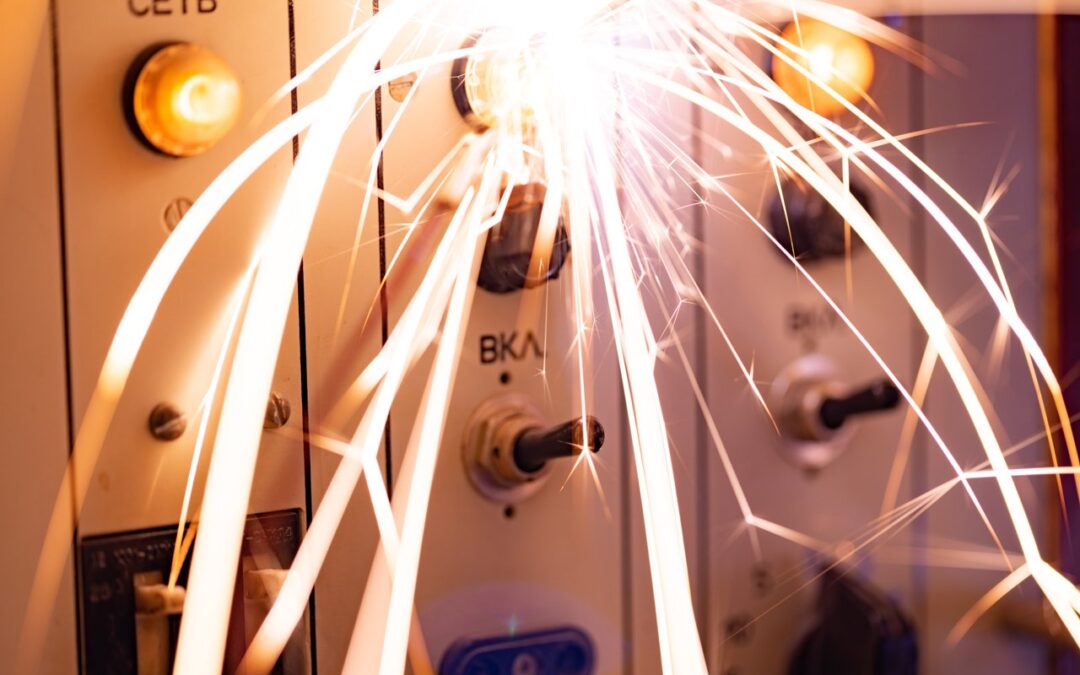
Understanding Shock Hazard Boundaries in Arc Flash Protection
A shock hazard happens when a person is exposed to a source of electrical energy that can result in electrical shock or electrocution. This can occur through direct contact with live electrical parts or indirectly through tools, equipment, or conductive surfaces. Key...
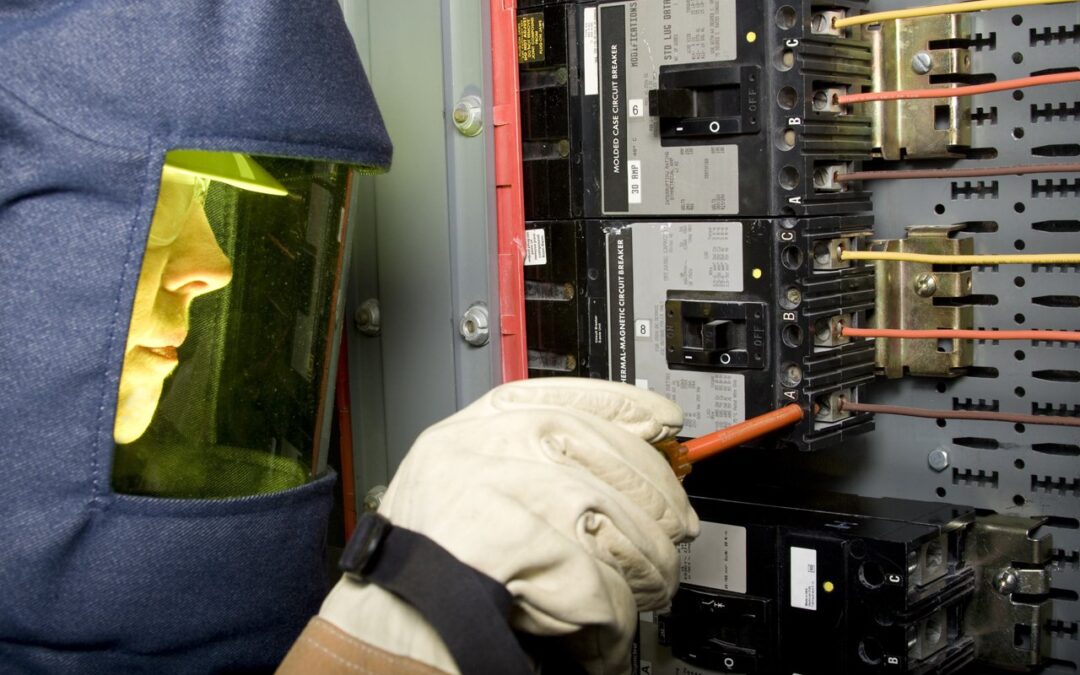
Choosing the Right PPE for Electrical Safety
When it comes to electrical safety, particularly arc flash protection, personal protective equipment (PPE) plays a critical role. NFPA 70E outlines specific PPE categories designed to protect against arc flash hazards. An arc flash is a sudden release of energy caused...


